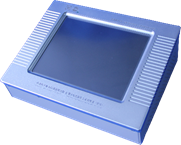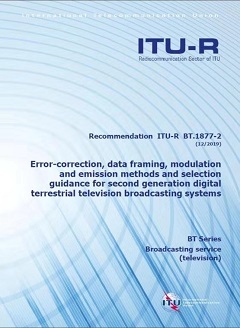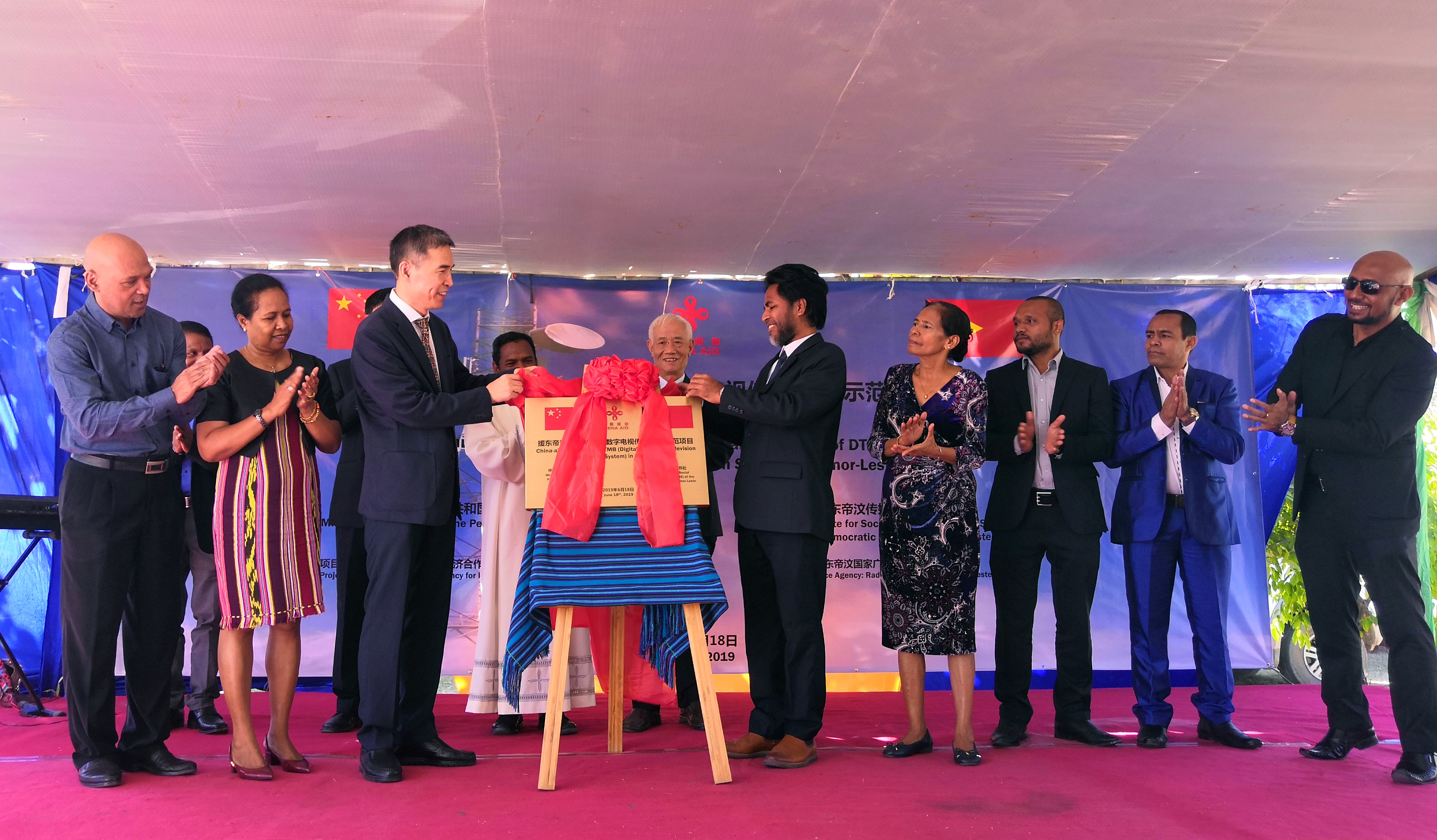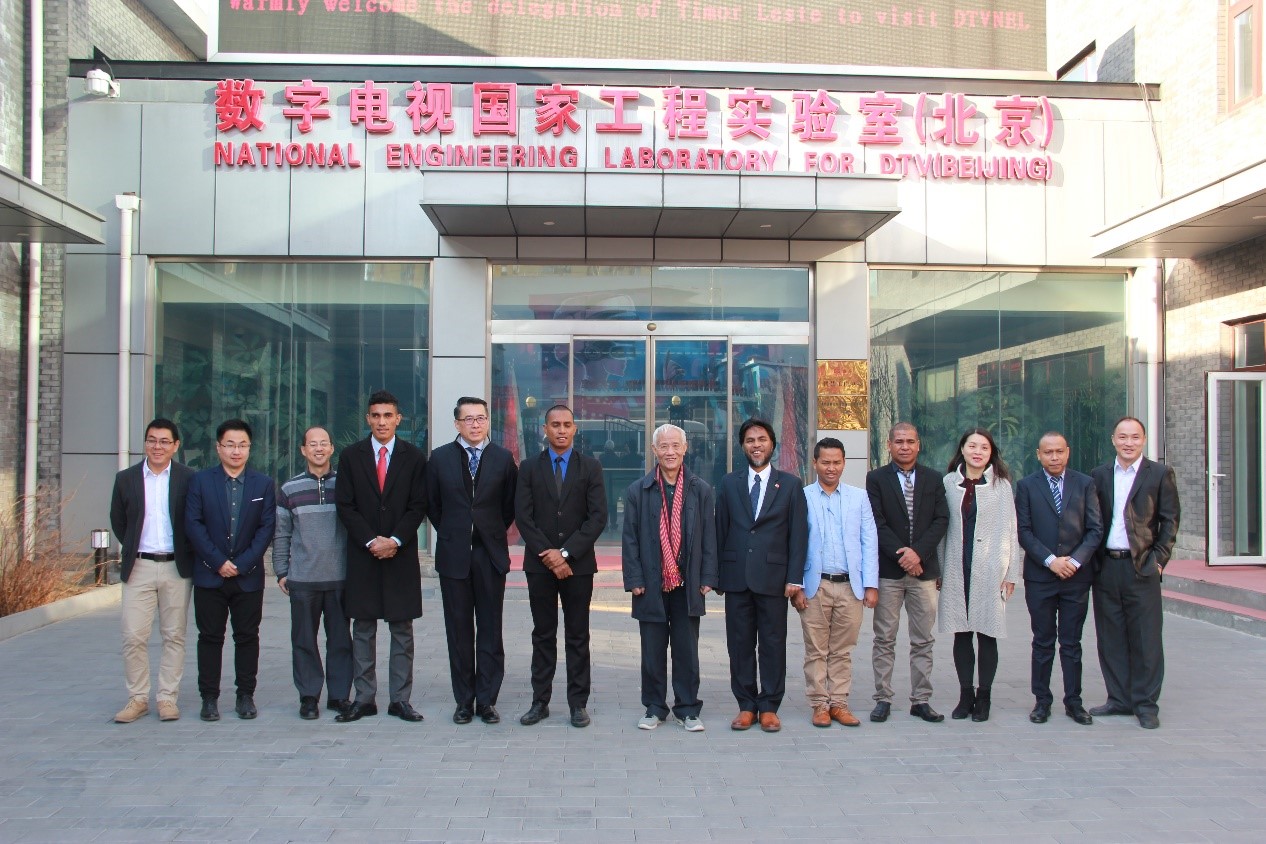DTMB Standard
Besides the basic functions of traditional television service, DTMB standard allows additional services using the new television broadcasting system. DTMB system is compatible with fixed reception (indoor and outdoor) and mobile digital terrestrial television. Mobile reception: It is compatible with digital broadcasting TV in standard definition (SD), digital audio broadcasting, multimedia broadcasting and data broadcasting service. in addition, it also supports high definition digital broadcasting (HDTV).
Modulation:
The DTMB standard uses many advanced technologies to improve their performance, for example, a pseudo-random noise code (PN) as a guard interval that allows faster synchronization system and a more accurate channel estimation, Low-Density Parity Check (LDPC) for error correction, modulation Time Domain Synchronization - Orthogonal Frequency Division Multiplexing (TDS-OFDM) which allows the combination of broadcasting in SD, HD and multimedia services, etc. This system gives flexibility to the services offered to support the combination of single-frequency networks (SFN) and multi-frequency networks (MFN). The different modes and parameters can be chosen depending on the type of service and network's environment. The sequence of pseudo-random pattern is defined in time domain and the information of the Discrete Fourier transform (DFT) is defined in the frequency domain. The two frames are multiplexed in the time domain, resulting in Time domain synchronization (TDS).
Function description:
This transmission system makes the conversion of the input signal to the output data of terrestrial TV signal.
The data passes through the encoder, the error protection process FEC (Forward Error Correction), through the constellation mapping process and then the interleaving processes the information to create the data blocks. The data block and the TPS information are multiplexed, and pass through the data processor to form the body structure. It combines information from the body and the head to form the frame and this is passed through the SRRC (Square Root Raised Cosine) filter to become a signal within an 8 MHz channel bandwidth. Finally the signal is modulated to put it in the corresponding frequency band.
Specifications:
Bit-rate: from 4.813 Mbit/s to 32.486 Mbit/s
Combination of SD, HD, and multimedia services
Flexibility of services
Time and frequency domain of data-processing
Broadcasting of between 6 and 15 SD channels and 1 or 2 HD channels
Same quality of reception as wire broadcast





